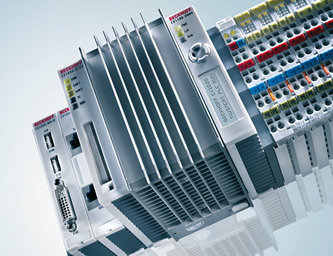If one looks at factors such as ease of operation or networking connectivity, and particularly the ability to connect factory-floor activities to system-wide business functions, then PC-based control systems have traditionally made more sense.
However, contemporary PLC designs have addressed these issues by offering more options for connectivity, particularly to enterprise-wide systems. And with the advent of industrial Ethernet, the gap between PC-based control and PLC is closing.
Another relevant factor is the price of silicon. The fact is that falling silicon prices have meant more processing power for less money. So processors for both PLCs and PC-based controls give designers much more for less, also serving to close the performance gap.

So how does cost effect things? For one thing, PC-based controllers are likely to be less expensive than PLCs. This is because PLCs are typically more rugged than PC-based systems, and added ruggedness and durability comes at a premium. However, the industrial PCs that form the basis of PC-based controllers are designed for harsh environments such as factories and for environmental factors including temperature extremes, humidity, dust, oil, vibration and shock, among others.
However, for reasons such as familiarity and installed base, many engineers may always look to PLCs as their go-to solution. But the increasing emphasis on data and information exchange as part of next-gen automation and the IoT still make PC-based controls a viable option.
The bottom line is this; although in the past PC-based controls were touted as being more flexible and less expensive than dedicated PLCs, the fact is that things have changed and continue to evolve as the performance gap between the two continues to shrink.






Leave a Reply
You must be logged in to post a comment.